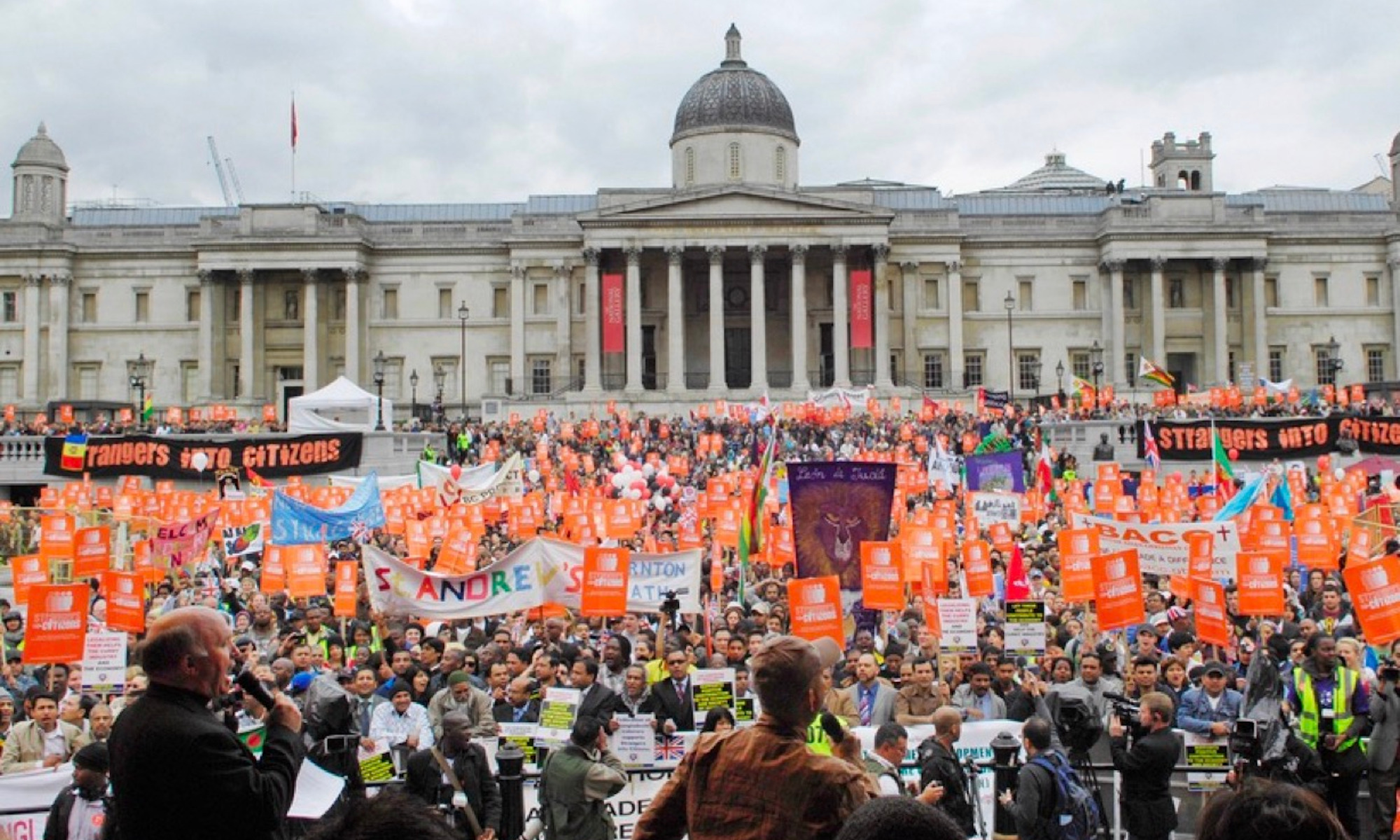The seam joining the Thames with the rest of the City of London is the wharves: just within the area surrounding Bridewell there are over fifteen of varying sizes. This abundance makes sense with the context given in Fores’s list that London harbours over ten thousand boats. As a result, however, the boundary between the natural and built environment is blurred even more than it already was; after all, where does the river end and the district begin if the boats are part of the city?

The natural environment—most notably the Thames—influences the built environment both in terms of the types of structures that need to exist to make this district the heart of the larger city, and in terms of the names of these structures. In addition to the wharves, a point of contact between this part of the City of London and the river is Blackfriars Bridge. Without the bridge and the wharves, not only would access to the area be far more limited, but this shift away from being a hub would fundamentally change the area’s identity since multiple structures have names referring to this symbiotic relationship between the natural and the built. The two most prominent streets that connect other smaller streets together are aptly named Fleet Street and New Bridge Street. The prison located right next to the intersection of these streets is also called Fleet Prison. There are numerous other smaller streets that highlight this Thames-based identity such as Little Bridge Street and Water Street.
Another important meeting point between the natural and the built environments is the Temple Gardens. The natural body of water directly next to the garden plays into the style of English gardens that contrasted from the jardin à la française. As can be seen in the image of Temple Gardens from 1809, the artificially created nature is still meant to look realistic to an extent. This is a heightened form of nature, but is, nonetheless, reminiscent of undisturbed nature. There is a deliberate attempt to work with nature—unlike the symmetrical and perfectly trimmed topiary common in French gardens—that makes this garden stand out as quintessentially English.



When we look at changes between Horwood’s Plan and Faden’s 1819 revision, we see there is a new and much smaller garden that is built right next to Bridewell. In addition to the garden, Bridewell also has a new chapel in its premises. Another change is the obelisk located in the intersection between Fleet Street and New Bridge Street. The obelisk must have been there since 1816 at the latest given the image of Bridge Street from Papworth’s Select Views includes the obelisk. The most substantial change in the area that alludes to technological developments of the time is the replacement of the New River Office and Yard with the Gas Light Company. The existence of the company suggests that using gas light must have been popular enough to sustain a business as early as 1819.


